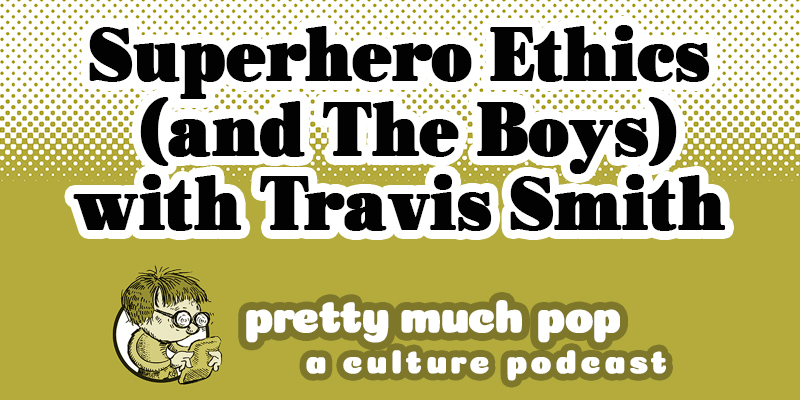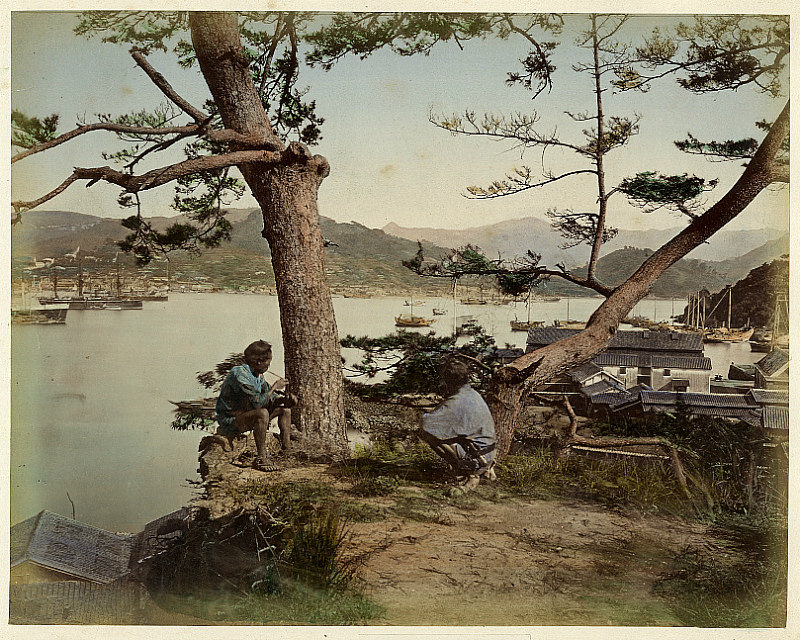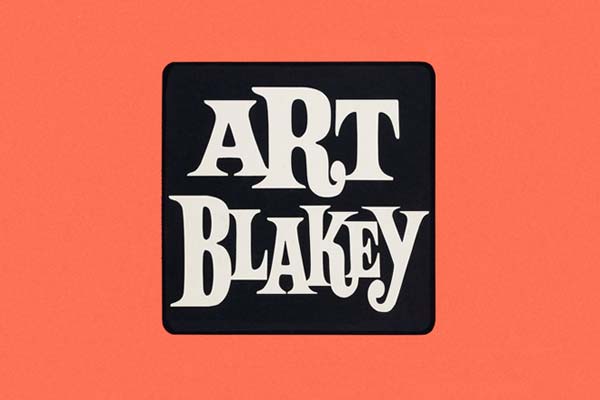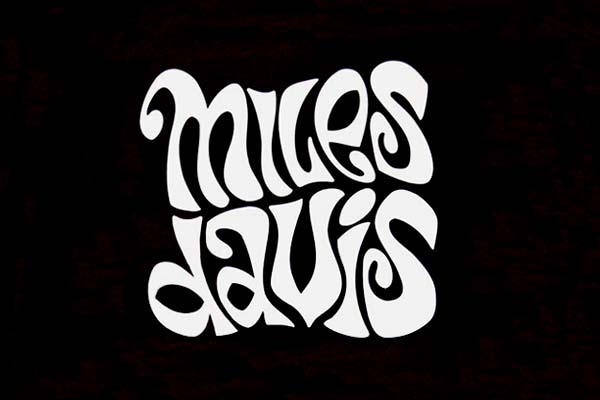The teenager was invented in the 1950s. Of course, the stages of physical development that characterize those years taking us from childhood to adulthood haven’t fundamentally changed as long as Homo sapiens has existed. But even though there were “teenagers” in, say, ancient Rome, they weren’t teenagers as we’ve known them over the past three or four generations. It happened amid the economic growth of the years after World War II, first in the United Kingdom and even more so the United States: adolescents, especially high-school students, turned from mere immature adults into a distinct demographic group with its own tastes, politics, spaces, mobility, and culture.
Before teenagers invaded the rest of the world, they must have struck visitors to America as by turns thrilling and troubling. So it was with the students in the video above, who came to the U.S. in 1955 — the year of Rebel Without a Cause — as participants in the New York Herald Tribune’s World Youth Forum.
This filmed discussion on the curious phenomenon of the American teenager features Minji Karibo of Nigeria, Nasreen Ahmad of Pakistan, Paik Nak-chung of South Korea, and Ava Leitenan of Finland, all of whom had just spent a few months visiting American schools. Leitenan begins on a positive note: “I didn’t know there would be so much smile,” she says. “I can just feel the friendliness flow against me.”
But as many a first-time traveler in America has discovered, that characteristic (and sometimes overwhelming) friendliness masks a more complex realty. Karibo criticizes American girls who “think it’s fashionable to tell lies about going on dates during weekends, when as a matter of fact they sat at home all the time.” After reminding everyone that “you cannot judge the amount of freedom the American children have by your standard,” Paik admits that “I see such an informality between the ages and between the sexes, I get rather shocked, but the fact that it is shocking does not necessarily mean it is not good for them.”
None of these exchange-student panelists shows more skepticism about America than Ahmad, whose glimpses of dating and education there have confirmed her preference for arranged marriage and sex-segregated schools. Maybe it works for American teenagers, but “if we were given suddenly this amount of freedom,” she says, “I’m afraid you would get fearful consequences.” However much the four disagree about the benefits and dangers of that freedom, they all seem to believe that Americans could stand to reflect on how to make better use of it than they do. “I think it is a lack of intellectual capacity to use their freedom properly,” says the young Paik, trying delicately to pin down the problem with American life.
After the World Youth Forum, Paik traveled the world before finishing high school in Korea. He would then return to the U.S. to study at Brown University before starting his career as a literary critic and public intellectual in his homeland. In 2018 he gave a speech at the University of Chicago on Korea’s “Candlelight Revolution,” and this past summer he published a new book on D.H. Lawrence, which Korean-speakers can hear him interviewed about here. He’s one of the success stories among the many participants in the World Youth Forum, more of whose 1950s discussions — on race, on social relations, the Middle-East conflict — you can watch on this Youtube playlist. 65 years later, no matter our age or nationality, we all have something of the American teenager about us. Whether that’s good or bad remains a matter for debate.
Related Content:
What Life Was Like for Teenagers in Ancient Rome: Get a Glimpse from a TED-ED Animation
Nigerian Teenagers Are Making Slick Sci Fi Films With Their Smartphones
In Japanese Schools, Lunch Is As Much About Learning As It’s About Eating
Based in Seoul, Colin Marshall writes and broadcasts on cities, language, and culture. His projects include the Substack newsletter Books on Cities, the book The Stateless City: a Walk through 21st-Century Los Angeles and the video series The City in Cinema. Follow him on Twitter at @colinmarshall, on Facebook, or on Instagram.










